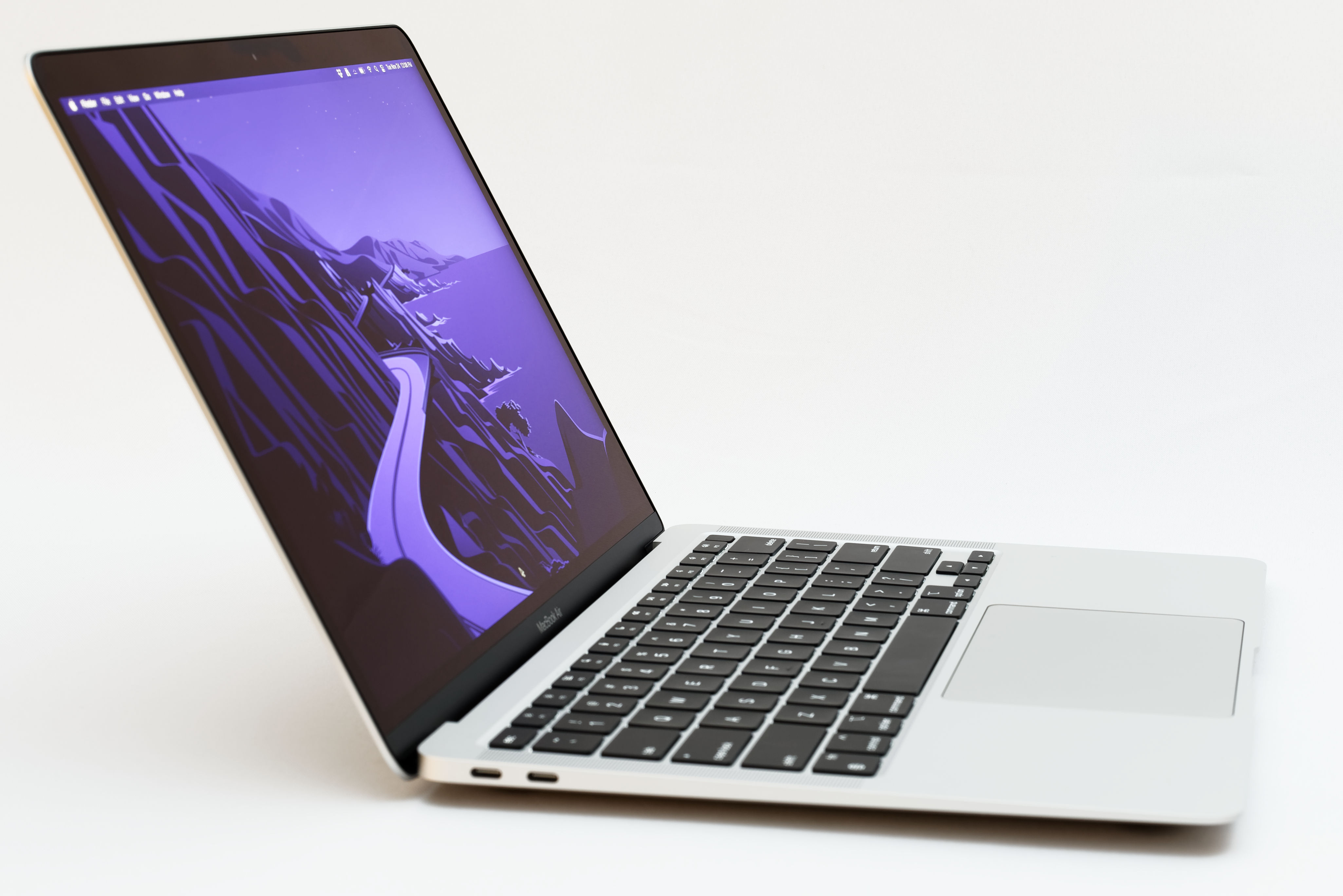
In a three-pound, fanless laptop. Simply shocking! Compatibility, check Metal is the one you usually care about for a Mac, but OpenCL can be useful to compare against other platforms.Īgain, those results are with games not optimized for the ARM-based architecture of the M1 at all, but rather with the Rosetta2 emulation layer. Geekbench 5 can run a series of tests using the GPU to do general computational tasks (rather than traditional 3D graphics rendering) using either OpenCL or Metal APIs. Our configuration also has only 8GB of RAM shared between CPU and GPU, which we figured would surely just tank some of these tests. We’re used to seeing how fast it is in an iPhone or iPad, but the demands of windowed operating systems like macOS and the apps they run are often much higher.īear in mind that our MacBook Air has only 7 active GPU cores-an upgraded version is available with all 8 cores active, and all 8 are active in the new 13-inch MacBook Pro and Mac mini.

Shocking graphics performanceĪpple’s integrated graphics technology is just as impressive as its CPU. Photo and video editing feels more fluid, and big tasks like video exports take a fraction of the time. Apps snap open more quickly and are more responsive. It wakes up and is ready for use immediately. Performance is about more than benchmark charts, and you can feel the speed of this new MacBook Air every time you use it. Multi-core performance is 2.3 times faster than the Intel-based Air, and on par with the Core-i9 MacBook Pro. Let’s start with our standby, Geekbench 5, where we see the single-core performance of this thin-and-light fanless laptop blowing away even a 16-inch Core i9 based MacBook Pro. The old MacBook Air to which we’ll compare it is not the base model, but the $1,299 upgraded model with a quad-core Core i5-1030NG7 processor and 11th-generation Iris Plus G7 graphics.

It’s often just about 30 percent slower than a high-end 16-inch MacBook Pro with a Core i9 and Radeon 5500M discrete graphics.Īnd bear in mind, we’re testing the absolute entry level model here, which has an 8-core CPU, 7-core GPU, 8GB of RAM, and a 256GB SSD. But in test after test, this new Air just absolutely smokes the one Apple released just earlier this year. Granted, Apple has recently hobbled the MacBook Air with Intel’s underperforming Y-series processors, rather than the more capable U-series chips of days past.


 0 kommentar(er)
0 kommentar(er)
